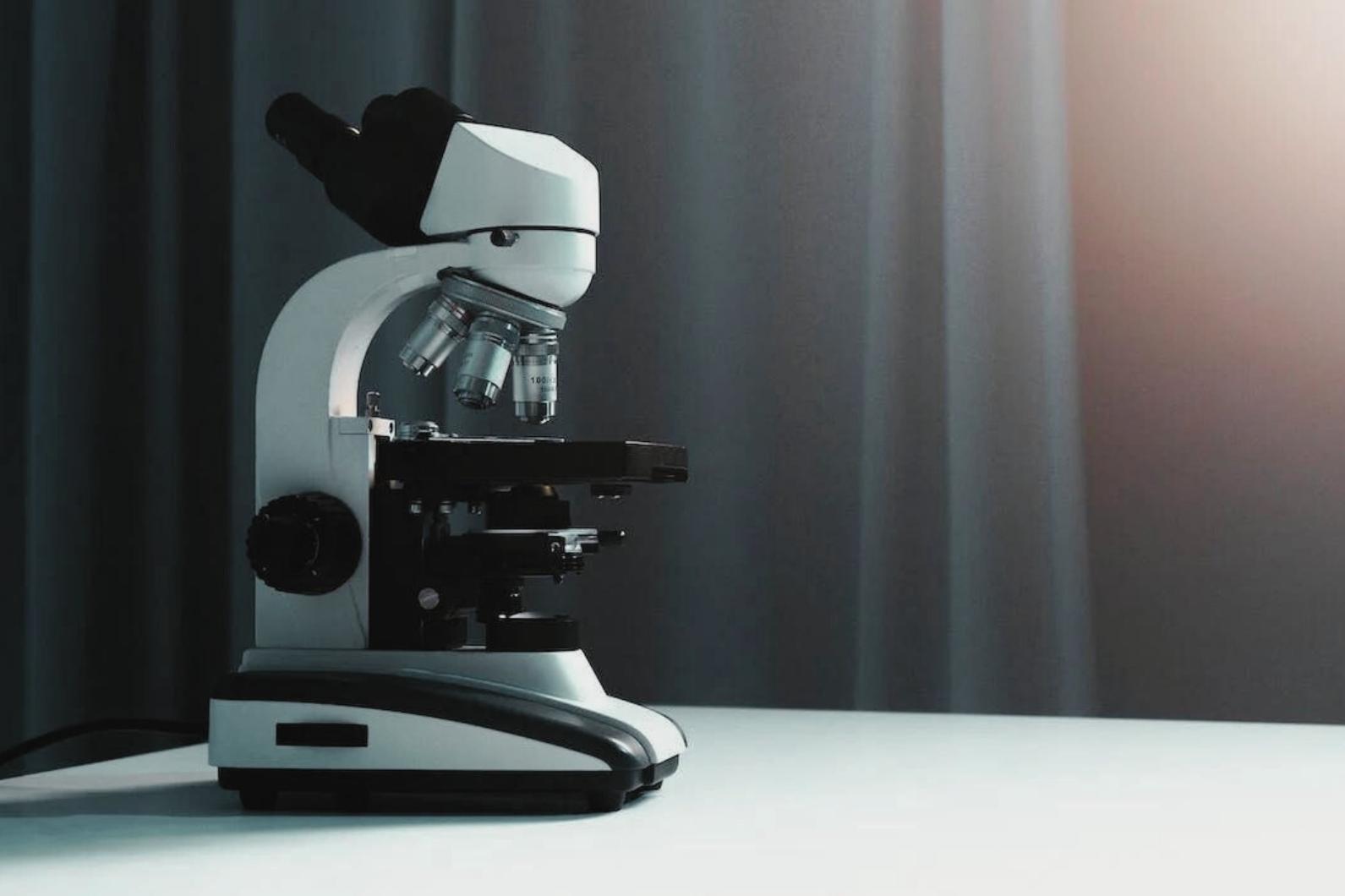
Microbiological Testing in Cosmetic Products
Microbiological Testing
Microbiological tests in cosmetic products are tests conducted to determine the microbial contamination, presence of microorganisms, and microbial growth in products. This test focuses on detecting various microorganisms (bacteria, fungi, yeasts).
It is important to ensure the safety and quality of products because microbial contamination can cause infections or other health issues on the skin. Microbiological tests of cosmetic products should be conducted during the production process and before reaching the end-user.
Also known as microbial contamination test, this test generally involves the following steps:
- Sample Collection: A sample is taken for testing. A portion of the product is taken during production and sent to the laboratory.
- Sample Preparation: The collected sample is prepared in the laboratory using an appropriate method. Processes such as homogenization of the sample and making necessary dilutions are carried out in this step.
- Analysis: Prepared samples undergo microbial analysis. This analysis typically involves examining the presence of microorganisms using agar plates or other suitable culture media.
- Parameters Examined: Parameters examined during the test may include the number of microorganisms, types, and the presence of various pathogenic microorganisms.
- Evaluation of Results: Analysis results are evaluated, and the level of microbial contamination in the product is determined. The determined values provide information about the safety and quality of the product.
Microbiological testing is important to ensure that cosmetic products are safe and hygienic before they are made available for use.
Microbial contamination in cosmetic products can stem from a variety of factors including:
- Production Process: Microorganisms can contaminate cosmetic products during the production process. Raw materials, equipment, or the production environment may become contaminated.
- Raw Material Contamination: The raw materials used in cosmetic products themselves can contribute to microbial contamination. These raw materials may have become contaminated before the production process begins.
- Packaging and Storage: Microorganisms can contaminate cosmetic products during packaging and storage processes. Inadequate hygienic conditions can lead to microbial contamination on surfaces directly in contact with the products.
- User Contamination: Users can transfer microorganisms to cosmetic products while using them. Particularly in cases where products are applied using open-ended containers or pumps, microbial contamination of the product can be more likely.
- Ineffectiveness of Preservatives: If preservatives used in cosmetic products are ineffective or insufficient, microbial growth in the product is more likely.
Microbial contamination can adversely affect the quality and safety of cosmetic products. Therefore, ensuring hygienic conditions throughout the production process, using appropriate preservatives, and being careful during packaging and storage of products are important.
It is mandatory to conduct microbiological tests for every batch of product produced.
The mandatory qualitative and quantitative limits for microbiological testing are as follows:
| Category 1: | Products targeted at children under 3 years of age, products applied to the eye area, products applied to mucous membranes. |
| Category 2: | Other products |
Quantitative limits:
| Category 1: | Total viable aerobic mesophilic microorganism count (bacteria, yeast, and mold) should not exceed 102 cfu/g or 102 cfu/ml. |
| Category 2: | Total viable aerobic mesophilic microorganism count should not exceed 103 cfu/g or 103 cfu/ml. |
Qualitative limits:
| Category 1: | Staphylococcus aureus, Pseudomonas aeruginosa, Candida albicans, Escherichia coli should not be present. |
| Category 2: | Staphylococcus aureus, Pseudomonas aeruginosa, Candida albicans, Escherichia coli should not be present. |
